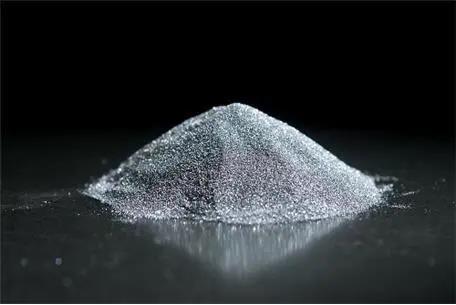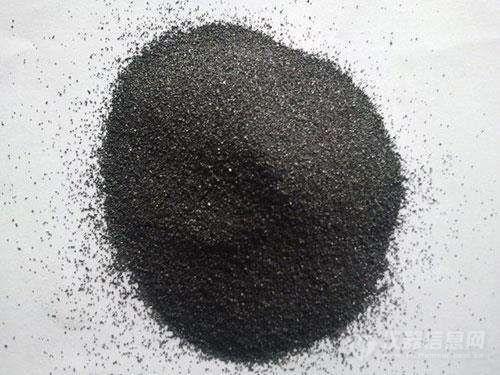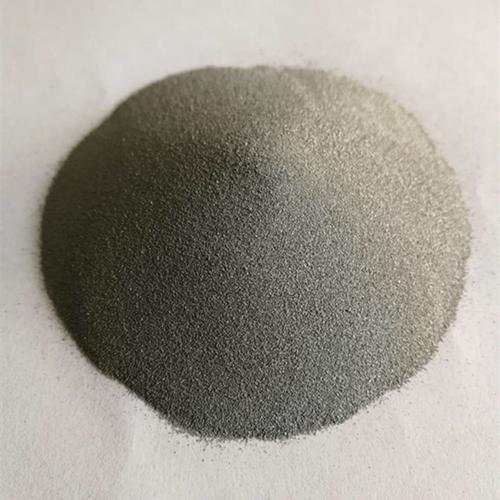**Mixing Magic: Can You Pair Powder Coating with Body Filler on Metal?**
(Can You Powder Coat Metal With Body Filler)
Let’s talk about two things that sound like a superhero team-up: powder coating and body filler. Both are go-to solutions for fixing up metal surfaces, but can they actually work together? Imagine this: you’ve got a rusty old car part or a metal chair with dents. You slap on some body filler to smooth things out. Then you think, “Why not give it a shiny powder-coated finish?” Seems like a solid plan. But hold on. Let’s dig into the details.
First, what’s body filler? It’s that thick paste you spread over dents or gaps in metal. It hardens into a smooth surface, ready for sanding and painting. People use it for cars, bikes, or even metal furniture. It’s like spackle for metal—fills the ugly stuff so you can pretend it never existed.
Powder coating is different. It’s a finishing process where colored powder sticks to metal using an electric charge. You bake the coated object in an oven, and the powder melts into a tough, glossy layer. No drips, no fumes, just a durable finish. It’s popular for everything from patio furniture to motorcycle frames.
Now, the big question: can you powder coat over body filler? The short answer is maybe, but it’s tricky. Here’s why. Body filler isn’t metal. It’s usually a mix of polyester resin and hardening agents. Powder coating works best on conductive materials—like bare metal. Body filler doesn’t conduct electricity. Without that conductivity, the powder might not stick evenly.
There’s another problem: heat. Powder coating requires baking the object at around 400°F (204°C). Body filler can handle some heat, but not all types are oven-safe. Some fillers might bubble, crack, or even release nasty fumes when baked. Check the filler’s specs. If it says “heat-resistant” or “suitable for high-temp applications,” you’re in luck. If not, things could get messy.
Let’s say your filler is heat-friendly. Next step: prep. Sand the filled area until it’s smooth. Clean it thoroughly—no dust, grease, or fingerprints. Any contamination ruins the powder’s adhesion. Some pros recommend using a conductive primer over the filler. This creates a surface the powder can cling to. Apply the primer, let it dry, then move to powder coating.
Even with primer, results vary. The filler might expand or contract under heat, causing the coating to crack. Humidity matters too. Moisture trapped under the powder creates bubbles. For small projects, like a toolbox or decor piece, the risk is lower. For something big, like a car panel, the stakes are higher.
What if you skip the oven? Some powders cure at lower temps or with UV light. These options are less common and pricier, but they reduce heat stress on the filler. Still, conductivity remains an issue. Without that electric charge, the powder won’t spread evenly. You might end up with thin spots or texture problems.
Another idea: apply powder coat first, then body filler. Sounds backward, but it works for repairs. Say you have a powder-coated bike frame with a new dent. Sand the damaged area, apply filler, then repaint. Matching the color and sheen is tough, though. Powder coating isn’t as easy to touch up as regular paint.
So, can you do it? Yes, but carefully. Test small areas first. Use heat-resistant filler and conductive primer. Keep the project simple if you’re new to this. For critical items—like car parts—consult a pro. They’ve got the tools and know-how to minimize risks.
(Can You Powder Coat Metal With Body Filler)
In the end, mixing powder coating and body filler is like baking a fancy cake. Follow the recipe, use the right ingredients, and don’t rush the steps. One wrong move, and you’re left with a mess. But get it right, and you’ll have a finish that’s both tough and flawless.
Inquiry us
if you want to want to know more, please feel free to contact us. (nanotrun@yahoo.com)


